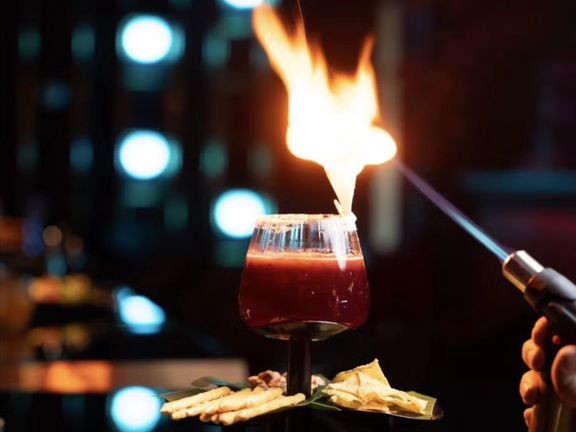The Iran that never trends

The Iran projected on social media these days—brunch parties, rooftop concerts, fashion shows—is real, but only as a tiny fragment of the country’s reality, where most ordinary people struggle to make ends meet.

The Iran projected on social media these days—brunch parties, rooftop concerts, fashion shows—is real, but only as a tiny fragment of the country’s reality, where most ordinary people struggle to make ends meet.
These scenes travel fast because they are rare: glimpses of a lifestyle that feels transgressive, novel and attractive. But they tell only one story: the story of a few thousand people, or tens of thousands at most.
A recent trip I took from Tehran to Arak—a central, industrial city neither wealthy nor poor—was a reminder of the other Iran, the one that almost never goes viral because nothing about it looks new.
I had travelled for a family funeral, the kind of gathering that pulls scattered relatives together every couple of years.
Silent suffering
What struck me first was how much people had aged—not in years, but in spirit.
Faces once energetic and upwardly mobile now carried a weary stillness. Conversations that used to revolve around plans and hopes now dwelt on stress, stagnation and the quiet grind of survival.
What surprised me even more was how depoliticized the atmosphere felt.
Arak is more traditional than Tehran, but that wasn’t the reason—almost no one in this family is a supporter of clerical rule, to put it mildly. The difference was energy. People simply had no energy left for arguments.
You’d hear the occasional question—“Will there be another war?”—or the familiar, bitter shorthand: “May they be damned for dragging us into this misery.” “They,” always meaning the ruling elite.
But beyond that, there was silence. Apathy so heavy you could almost taste it—bland, because the buds have been numbed by years of prolonged bitterness.

Unseen, commonplace
Driving around Arak, the contrast with the glossy clips from affluent Tehran felt almost jarring. Streets were subdued, shops half-lit, people moving with a kind of mechanical purpose.
Even those who would never describe themselves as poor are tightening in every direction: skipping leisure, postponing long-planned repairs, reducing meat consumption and silently navigating an inflation that deepens every few weeks.
And yet none of this appears online. Not because it is hidden, but because it is visually unremarkable.
Economic hardship has no aesthetics. There is no cinematic frame for the mother counting bills three times a week, or the father arguing with a bank over a loan he knows he can never repay.
There is no viral clip for a city quietly shrinking its ambitions.
Poles apart
This is the imbalance shaping Iran’s public imagination today: a tiny minority producing the country’s most visible images, and a vast majority living a reality that resists imagery. Social media magnifies the first and erases the second.
The result is two Irans: one seen, curated, exceptional; the other lived, familiar and increasingly exhausted.
What Arak revealed was simply scale.
If this is the condition of people once firmly middle class in a city that is not even among Iran’s poorest, then the unseen hardship elsewhere is almost certainly sharper.
The novelty of a few hundred affluent gatherings has captured the digital spotlight. The daily grind of millions, meanwhile, continues off-camera—too commonplace to trend, too ordinary to excite but defining the country far more than any brunch could.